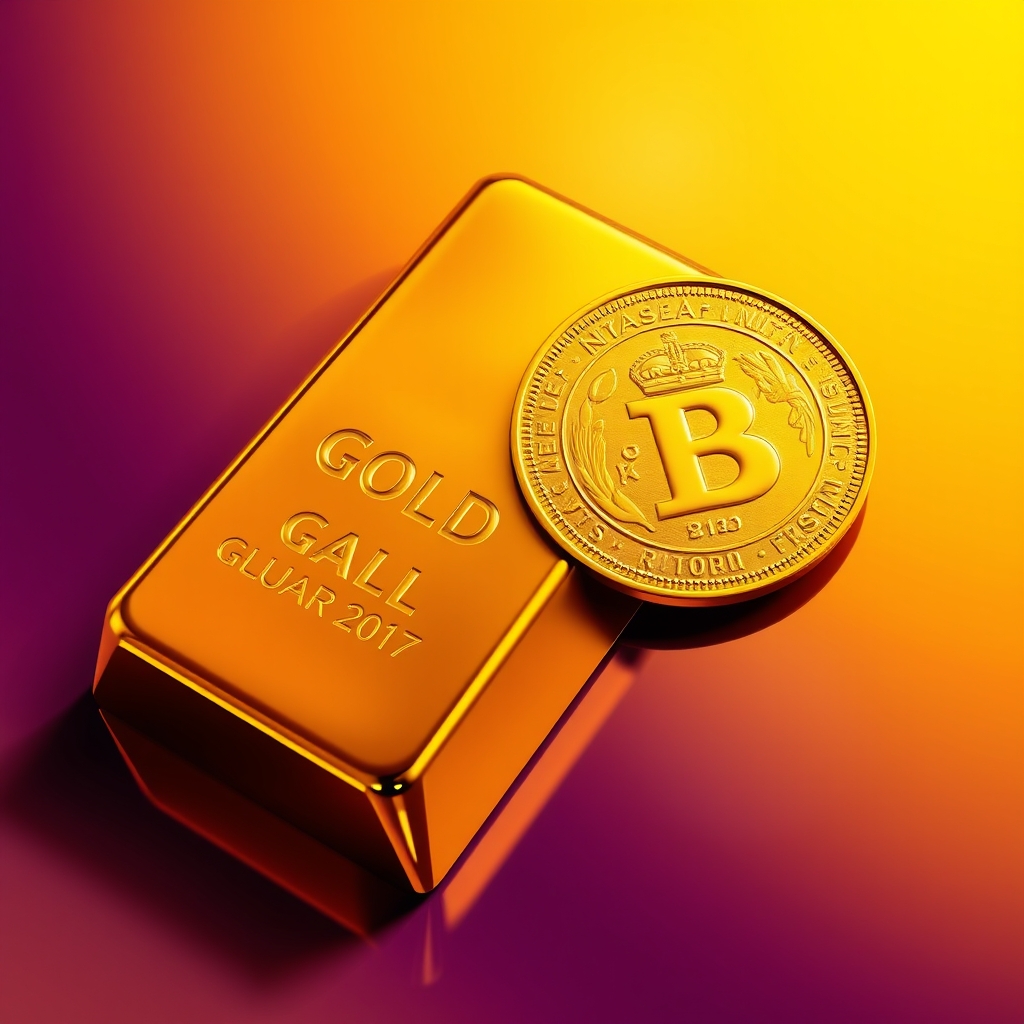Gujarat Gold Rates API vs Historical India Gold Rates API: What to Choose?

Gujarat Gold Rates API and the Historical India Gold Rates API. Each of these APIs serves distinct purposes and offers unique features that cater to different needs. In this blog post, we will delve into a detailed comparison of these two APIs, exploring their features, use cases, performance, and more to help you make an informed decision on which API to choose for your project.
Overview of Both APIs
Gujarat Gold Rates API provides real-time gold price data specifically for Gujarat, India. It allows users to retrieve information on various gold types, gram variations, current prices, daily price changes, and rates across major cities. This API is particularly useful for investors, jewelers, and individuals interested in tracking gold price trends in a specific region.
Historical India Gold Rates API focuses on providing historical gold rate data for India as a whole. It enables users to track price trends over time, making it an excellent choice for financial analysts and investors looking to analyze long-term trends in gold prices.
Feature Comparison
Gujarat Gold Rates API Features
Gujarat Gold Rates API offers several key features:
- Get Gold Types and Grams in Gujarat: This feature retrieves a list of available gold types and their weight variations. For example, you can get details about 22 Carat and 24 Carat gold along with their weight options such as 1 gram, 8 grams, and 10 grams.
{"gold_types":[{"type":"22 Carat Gold","weight_variations":["1 gram","8 grams","10 grams"]},{"type":"24 Carat Gold","weight_variations":["1 gram","8 grams","10 grams"]}]}
{"24_carats_gold_price":"\u20b9 8,814"}
{"yesterday_price":"\u20b98,772","change_price":"\u20b942\u25b2"}
{"major_cities":["Ahmedabad","Surat","Vadodara","Rajkot","Bharuch","Jamnagar","Gandhinagar","Gandhidham","Anand","Mehsana","Patan","Bhavnagar","Vapi","Amreli","Valsad","Porbandar","Junagadh","Navsari","Bhuj","Deesa","Nadiad","Surendranagar","Morbi","Palanpur","Godhra"]}
{"city":"Vapi","gold_type":"22K","grams":"10","price":"\u20b971,400"}
Historical India Gold Rates API Features
Historical India Gold Rates API also has its own set of features:
- Get Historical Dates Available: This feature allows users to retrieve historical dates to search for gold rates.
{"years":[1964,1965,1966,1967,1968,1969,1970,1971,1972,1973,1974,1975,1976,1977,1978,1979,1980,1981,1982,1983,1984,1985,1986,1987,1988,1989,1990,1991,1992,1993,1994,1995,1996,1997,1998,1999,2000,2001,2002,2003,2004,2005,2007,2008,2009,2010,2011,2012,2013,2014,2015,2016,2017,2018,2019,2020,2021,2022,2023,2024,2025]}
{"2014":"Rs.28,006.50"}
Example Use Cases for Each API
Gujarat Gold Rates API Use Cases
Gujarat Gold Rates API is ideal for:
- Investment Tracking: Investors can use this API to monitor real-time gold prices in Gujarat, allowing them to make timely investment decisions.
- Jewelry Pricing Applications: Jewelers can integrate this API into their systems to provide customers with accurate pricing based on current market rates.
- Market Analysis Tools: Financial analysts can utilize the API to create dashboards that visualize gold price trends and fluctuations.
Historical India Gold Rates API Use Cases
Historical India Gold Rates API is suitable for:
- Long-term Investment Analysis: Investors can analyze historical gold prices to identify trends and make informed decisions about future investments.
- Financial Reporting: Financial analysts can use the API to generate reports that include historical gold price data, aiding in market analysis.
- Research and Development: Researchers can leverage the historical data to study the impact of economic events on gold prices over time.
Performance and Scalability Analysis
Gujarat Gold Rates API focuses on providing real-time data, which is crucial for applications that require up-to-the-minute pricing information. Its performance is optimized for quick responses, ensuring that users receive timely updates on gold prices.
Historical India Gold Rates API is built to manage large datasets of historical information. It allows users to query specific date ranges, making it efficient for retrieving historical data without overwhelming the system. Both APIs are scalable, allowing developers to integrate them into applications of varying sizes and complexities.
Pros and Cons of Each API
Gujarat Gold Rates API
Pros:
- Real-time gold price data specific to Gujarat.
- Multiple features for retrieving gold types, current prices, and city-specific rates.
- Easy integration into financial applications and dashboards.
Cons:
- Limited to gold prices in Gujarat, which may not be suitable for users looking for national data.
- Focuses primarily on current pricing rather than historical trends.
Historical India Gold Rates API
Pros:
- Comprehensive historical data for gold prices across India.
- Allows users to analyze long-term trends and make informed investment decisions.
- Structured data format makes it easy to integrate into financial applications.
Cons:
- Does not provide real-time pricing information.
- May require additional processing to analyze trends over time.
Final Recommendation
Gujarat Gold Rates API and the Historical India Gold Rates API ultimately depends on your specific needs:
- If you require real-time gold price data for Gujarat and need features that allow for quick comparisons and tracking, the Gujarat Gold Rates API is the better choice.
- If your focus is on analyzing historical trends and you need access to a comprehensive dataset of gold prices over time, the Historical India Gold Rates API will serve you better.
Gujarat Gold Rates API in production? Visit the developer docs for complete API reference.
Historical India Gold Rates API? Check out the API documentation to get started.





